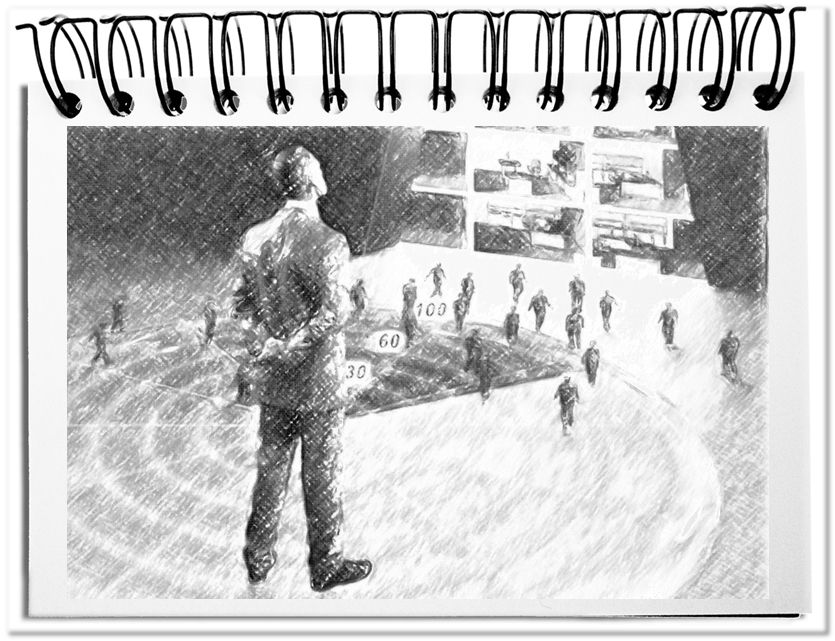The horizon of expectation for a project is already determined by the requirements before the actual beginning. The predicted project scope and timeframe as well as the available budget are important premises for the project. Although the action and the components of an orderly project completion are well prepared, projects achieve the goals rather rarely (see here: http://ow.ly/zy5hB). On the one hand, this might happen because of the operating team. On the other hand, the goals could have been formulated over-ambitiously outside of the limits of the undertaking, due to a failed project planning.
The following reasons contribute to an unrealistic planning.
- Unrealistic expectations
The description of the requirements is certainly determined by the existing budgets and the lack of details. For the clients, the desire can become quickly the father to the thought and, as a result, they calculate the defaults unrealistically scarcely. The temporal delay and the excess of the budget are preprogrammed, if the contractors accept it. - Bargain wins
The previous bullet-point will be amplified by the approach to choose the cheapest offer. In principle, this is correct as long as you do not compare apples and oranges. However, since before the beginning of a project sufficient figures, data and facts are missing, the client has difficulties to compare the offers, because a lot of details are hidden behind general headings. - Faulty variable Full-time-Equivalent (FTE)
The crucial factor for the estimation is the basis of all work – the people. That begins with the estimate of the availability of a full time employee, who is determined by the full time equivalent. Out of the 260 possible working days of a year, an employee is available 200 days, due to vacation and other absence time. A look into the project planning is sufficient, in order to compute the project delay that has to be expected. - Smooth-going-Distortion
Improved variables lead to the optimistic expectation that everything will go smoothly and to an additional distortion of the planning. People are not robots and the project planning is not a computer program. Therefore wrong defaults, changes of the requirements and errors in the realization have to be expected. These breakdowns result in adjustments, unplanned rework and subsequent changes that pollute the capacities additionally. - Neglect the calendar
Due to the spreading of vacation periods by the fact that not all employees are available at the same time, the working teams are not always complete. In Germany, these idle times follow the calendar – Christmas, Easter, Pentecost, Summer and Autumn holidays. These difficult project times occupy approx. 60 working days that lead potentially to a further project extension. If a project planning considers all these times, the losses of productive time are minimized. Anybody can determine this factor, but in the end employees can only be employed less than 200 working days per year. - Wrong risk assessment
Every planning has to deal with uncertainties. For this purpose, risks are assessed. Depending on the attitude of the planners, risks are classified as more or less probable and appropriate accrues, i.e. buffers, are prepared. Since these are only assumptions, the risks can quickly become reality and delay the project further.
Bottom-line: The project success is considerably determined by the planning. The too optimistic, limited planning leads without detour to failure. The examination of the points mentioned above leads to a safer forecast of the project life cycle.


